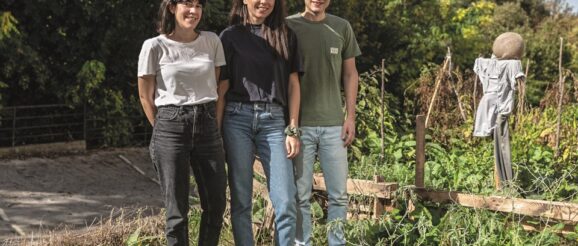Made in Thessaloniki: Between Tradition and Innovation – Greece Is

Innovation in clay
When, in the late 1990s, Thessaloniki native Giorgos Vavatsis traveled to England to study visual arts, he intended to follow in the footsteps of his painter father, Kostas Vavatsis. From a young age, Giorgos had enjoyed oil painting.
During his second year in college, however, he decided to specialize in ceramics. He learned how to mold clay, became familiar with many different types of soil and rock and, most importantly, was introduced to a starker aesthetic.
When Vavatsis returned to Thessaloniki in 2000 to set up his own workshop, ceramics in Greece were synonymous with either terracotta or souvenirs. There weren’t many household objects or even larger items that were made of clay. His aim was to create a new type of Greek pottery art, one that conveyed a sense of lightness with works that defied solidity and weight.
Today, at the age of 46, he has achieved this goal, and more. Vavatsis’ range of everyday items, from mugs and plates to pitchers and decorations, are known internationally under the brand name Hakah Ceramics.
What’s more, he teaches pottery with his partner, Ifigenia Tsirou and has often participated in exhibitions in Greece and abroad. He shares his creativity with the public at 6exi Ceramics, a space he opened in 2017 that hosts exhibitions, seminars and other events.
Motivated by his curiosity to understand how materials work, he tours the country in search of special minerals that he combines with clay.
The black sphere flecked with “gold” spots that he proudly showed me in his industrial-style workshop in Oreokastro is but one characteristic example of this technique. Made in part from bauxite he found in Delphi and in part using minerals from Mt Pindos, this is an excellent example of the ceramic art of Giorgos Vavatsis, a master of his kind, whose nickname as a young child, funnily enough, used to be “Clay Pot.”
